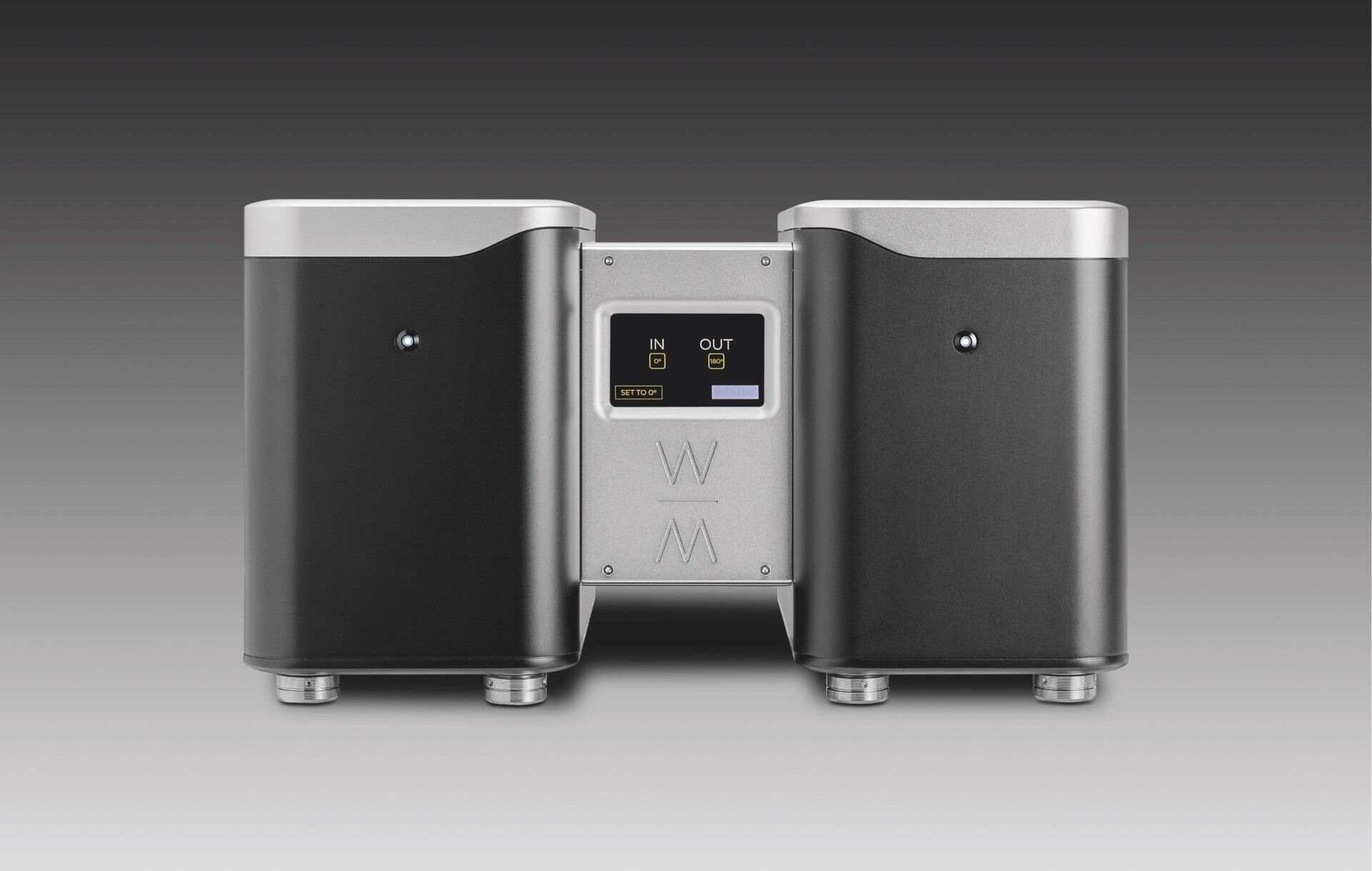Various commentators have observed that the different streaming services possess house sounds, as does Roon. Listen long enough to enough material and those characteristics start to emerge, even through the inherent file-to-file variability of streaming. By way of comparison between streaming, stored file replay and optical disc, I’ll cite a specific example, although the broad-brush observations draw on the Reference Server listening experience as a whole. The material chosen was a 1977 DGG, Narcisco Yepes recording of three guitar concerti, by Giuliani, Castelnuovo-Tedesco and Villa-Lobos. Featuring either the LSO or ECO in a supporting role, conducted by Luis Antonio Garcia Novarro, it started life as a quadraphonic recording and is currently available as a 16/44.1 FLAC file from Qobuz, a 96/24 FLAC download or a hybrid SACD (PTC 5186 202) from Pentatone. I chose this particular example partly because it has long been a favourite recording, partly because Pentatone has proved to be a reliable source of higher-res files and partly because the nature of the music means that it ranges from the small and intimate to the full-orchestral.
 I started by comparing the SACD to the downloaded and locally stored file, a process that once again underlined just how musically critical the DWC settings are – of which more in a moment. The presentation of the performance via optical disc (played on the Atlantis Reference Transport) was as quick, clean, agile and incisive as I’ve come to expect. Subtleties of timing and phrasing, the shaping of both the solo part and the orchestral accompaniment were captured with an explicit clarity and articulation that laid bare both artistic intent and the structure of the pieces as a whole.
I started by comparing the SACD to the downloaded and locally stored file, a process that once again underlined just how musically critical the DWC settings are – of which more in a moment. The presentation of the performance via optical disc (played on the Atlantis Reference Transport) was as quick, clean, agile and incisive as I’ve come to expect. Subtleties of timing and phrasing, the shaping of both the solo part and the orchestral accompaniment were captured with an explicit clarity and articulation that laid bare both artistic intent and the structure of the pieces as a whole.
Switching to the stored file delivered a sound that matched the SACD for speed and agility but brought an impressive sense of body, weight and instrumental density. This was a presentation that imbued the instruments with a real sense of presence and substance, a rounded dimensionality and a more natural, less etched perspective. The absolute separation and absence of noise within the soundstage and between instruments that is such a feature of SACD (and arguably contributes to a slightly hollow or sterile sound) was absent in the file replay, which offered a warmer acoustic and a more natural ‘in-hall’ balance.
Out of interest, I played the CD layer of the optical disc, but whilst offering slightly more warmth and body relative to the SACD, it represented a significant step back in terms of dynamic range, discrimination, musical agility and overall articulation. Score this as a close but comfortable win for file replay, which is no mean achievement. But where things got really interesting was once I started to stream the recording. The sound immediately took a step back from the listener and down in quality. It would be easy to point a finger at the file resolution as the reason for this, but I remain unconvinced. There are plenty of 44.1/16bit files that sound every bit as good or better than the higher-res alternatives. This was a question of overall character as opposed to absolute quality. There is a subtle homogenization of dynamic, textural and tonal information when streaming from the Reference Server, a compression that stored files seem to avoid. Whilst the sense of musical flow remains intact, it is smoothed over, with reduced attack, slower rise times and a subtle veiling filling the spaces between instruments. It lacks the explicit clarity, shape and sense of purpose delivered by either the locally stored file or the SACD, the black space isn’t as black and the energy isn’t as immediate.
Smoooooth…
It is this smoothness, this condensing of the soundstage and musical energy that characterises the streaming. It robs the music of spikes and corners and mutes its shapes and contrasts: not ruinously, but it’s a diminution of musical range and impact that’s easily perceived in close comparison. Yepes’ astonishing expressive range and precise musical articulation, so apparent from the stored file or the SACD, is muted and rendered slightly soft-focus when the same music is streamed. At its best, with a good file and a good route between storage server and system, the quality gap is tight. But even a good file can be hobbled by poor transmission. If it just ain’t working, it’s well worth starting over, even a couple of times just to gauge the range of possibilities…

